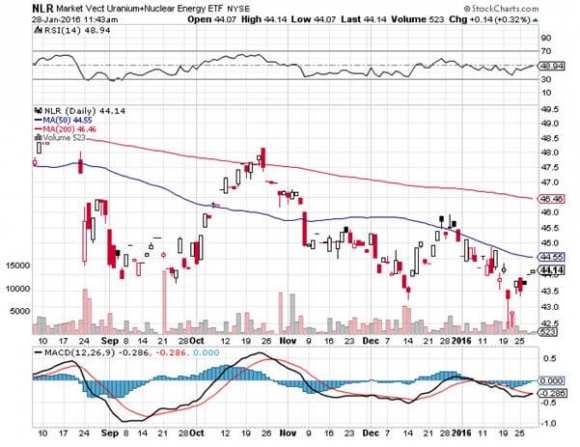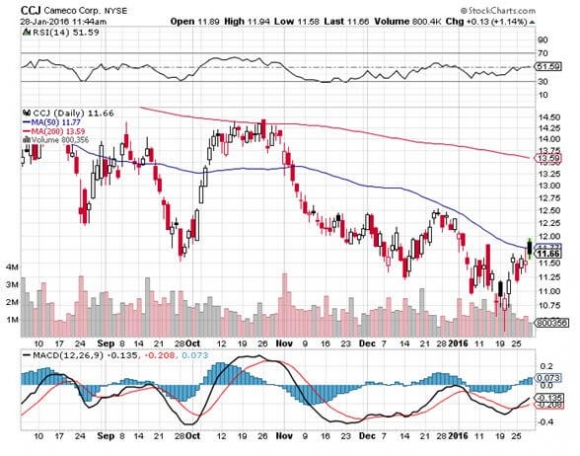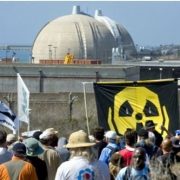Southern California Edison (SCE/PF) has announced that it is permanently shuttering its controversial nuclear power plant at San Onofre, California.
The move is only the latest in a series of closures implemented by utilities around the country, and could well spell the end of this flagging industry.
This is further dismal news for holders of ETF?s in the sector, like the Market Vector Uranium + Nuclear Energy ETF (NLR) and Cameco (CCJ).
SCE?s problems started in July, 2012 when a faulty steam generator tube released a small amount of radioactive steam and the plant was immediately shut down.
An inspection revealed that 3,000 additional tubes were showing excessive wear, possibly due to a design flaw, or perhaps their exposure to 45 years of high intensity radiation.
Supplier, Westinghouse, owned by Japan?s Toshiba Group, rushed in with a replacement generator, which failed within a month. That prompted the Nuclear Regulator Commission to demand a full license reapplication, which promised to be a contentious and expensive multiyear legal slugfest.
That was all SCE needed to throw in the towel and move for permanent closure. About 1,100 workers will be laid off.
San Onofre has been a continuous target of environmentalist litigation since it was opened in 1968. You could have found a better place to build a nuclear power plant than the birthplace of the environmental movement.
After the Fukushima nuclear disaster in 2010, another Westinghouse plant, Senator Barbara Boxer was not too happy about it either.
It turns out there was no practical evacuation plan in the event of an emergency. Some 25 million people live within 100 miles of the facility, and there is no way you move these numbers anywhere in a hurry.
The region is totally gridlocked even in a normal rush hour. That prompted Boxer to lead a series of congressional hearings, not just about San Onofre, but the entire aging nuclear industry nationwide.
The development means that Southern California Edison will have to write off the $2.1 billion in capital investment and upgrades that it has carried out over the last 20 years. Decommissioning will cost another $2 billion.
These are the most expensive and toxic demolitions on the planet. Stored nuclear waste will remain on sight until a national solution is found. The costs will be entirely passed on to the region?s long-suffering electric power consumers.
I know the San Onofre plant well, as it is right on the border of the Marine Corps base at Camp Pendleton. My dad was stationed there during WWII and was followed by a long succession of descendants.
I used it as a landmark for inbound VFR flights to the base. I also practiced amphibious assaults on the beach, with traditional landing craft, light armored reconnaissance vehicles (LAR), and advanced hovercraft (LCAC). I also had to swim once. On R&R, San Onofre offered one of the best surfing beaches on the coast.
I am not holding my breath for the nuclear industry. It will be years before it can recover from the massive blow from Fukushima. And these days it has the additional problem in that (NLR) and (CCJ) are tied to the flagging price of oil and other commodities.
?You might as well tie lead weights to them.
For more depth on the topic, please see my earlier piece, ?New Nuclear Demolished by New Natural Gas?.








